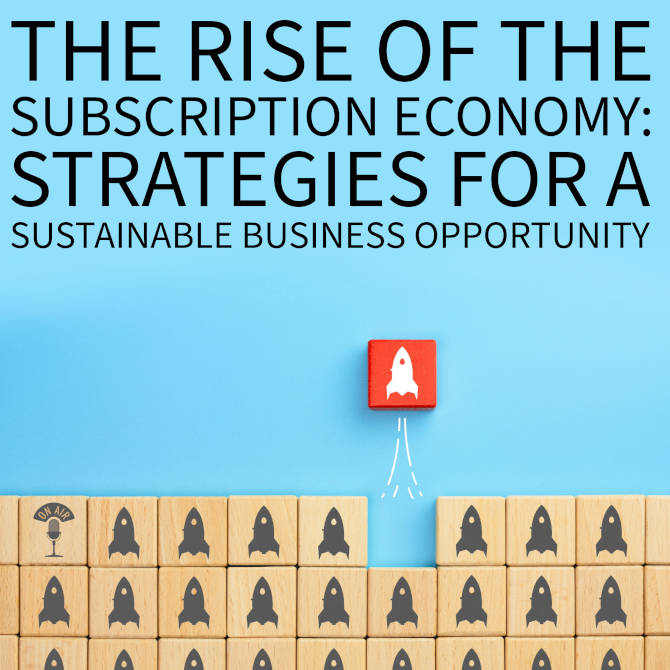Introduction: Navigating the Complexities of Marketing Budgets
I’ve been asked on many occasions, how much should our marketing budget be? The thing is that there is no one-size-fits-all answer to what percentage of profit should be allocated, as there are a good many factors to take into consideration, such as industry, size of business, growth stage, and marketing goal.
The Rule of Thumb for Marketing Budget Allocation
However, as a general rule of thumb, many businesses allocate around 5-25 per cent of their total revenue to marketing efforts. Now, that doesn’t mean that the lowest figure is the figure you should take, because I mentioned it. For small businesses or startups, the percentage might be higher as they need to establish their brand and attract customers.
On the other hand, more established companies might have a lower percentage as they focus on maintaining their market position and building customer loyalty. What you do have to consider is the established company is more likely to have a larger profit margin, which means 5%. So they had a hundred million pound profit business of around five million.
One thing for sure is it’s essential to continuously evaluate and adjust the marketing budget based on your company’s performance, goals, and especially competitive landscape. Always keep in mind that the most effective marketing budget is the one that aligns with your business’s unique needs and objectives.
Effective Communication with Stakeholders: Key to Investment Success
Today, I was doing my usual reading through marketing press and one specific article in Marketing Week. Nobody likes to feel stupid. Marketers on how best to communicate with stakeholders to secure investment was a particularly interesting article and very fitting to today’s subject. So, that’s why I think it would be very good to talk about marketers and how they can effectively communicate with stakeholders to secure investments for their marketing efforts.
And in the fast-paced world of business, ensuring that investments are made in the right areas is essential for growth and success. In this discussion today, I’ll delve into the importance of transparency and relationships with stakeholders and highlight key insights shared by a group of senior marketers at the Festival of Marketing Currency of Effectiveness.
Shall we start?
Simplifying the Strategy: Making Marketing Understandable
One of the most critical aspects of securing investment in marketing is ensuring that your strategy is understood by internal stakeholders. This understanding can help drive the case for marketing as it allows stakeholders to see the value in the marketing budget. It is also essential to frame the marketing budgets as an investment rather than a cost.
When people don’t understand the strategy around the marketing, they tend to scrutinise the marketing budget more closely. Which can lead to doubts and reluctance to invest. To prevent this from happening it’s absolutely crucial to bring internal stakeholders along the journey and tell the story in a very simple and clear manner.
Obviously welcoming questions and avoiding marketing jargon. Marketers can ensure that stakeholders understand the strategy and its important potential impact on the specific business. This open communication fosters trust and confidence in the marketing team’s ability to deliver results.
Focusing on Impactful Metrics: Building a Compelling Case
I suppose another essential aspect of effective communication with stakeholders is to focus on metrics that demonstrably drive business results.
By showcasing data that supports the case for investment, marketers can create a really compelling argument for the value of the work that they provide. Rebecca Hurst, the CMO of EY’s UK, suggested focusing on two key buckets of metrics, brand perception and brand demand. Brand perception tracks how clients view the business compared to its competitors, while brand demand measures how clients are engaging with the specific brand.
Now, by providing stakeholders with tangible evidence of the impact of marketing efforts, marketers can build credibility and trust between both parties.
Transparency and Realism in Marketing Communication
In addition to focusing on key metrics, marketers should also experiment and build their credibility by communicating the goal and outcome of their work very clearly.
This transparency can help stakeholders understand the reasoning behind marketing efforts and their expected outcomes. It’s equally important to communicate when things go wrong. It’s not just about when things go right, as honesty can help build the trust even further and strengthen the relationship with the stakeholders.
The Importance of Time in Marketing Strategies
One thing that you do need to take into account is that it’s important to know that change takes time and marketers need to be transparent and communicate realistically about the timescales of long term change. By setting realistic expectations, marketers can ensure that stakeholders understand the time it takes for marketing efforts to yield results.
Case Study: Camelot’s Long-Term Brand-Building Success
I suppose a prime example of this is Camelot, a business that took time to rebuild its brand health. Now Camelot invested 10 million in the first year into brand advertising, but it took about a year before the business started to see its brand metrics actually shift. Now, the brand investment is 18 times more effective than when it actually started.
Without a doubt, marketers can make a strong case for investments to stakeholders by communicating transparently, focusing on key metrics, experimenting, and being realistic about the timescales of long term change.
By taking stakeholders on this journey and avoiding the marketing jargon, marketers can foster trust and confidence in their abilities to deliver these results.
Conclusion: A Collaborative Approach to Marketing and Investment
But remember, by keeping these principles in mind, marketers can effectively communicate their values to the stakeholders and obviously secure the investment they need to drive the company’s business forward. In today’s world, the importance of effective communication with stakeholders cannot be overstated.
And we’ve mentioned, you know, fostering strong, transparent relationships with stakeholders. Then marketers not only secure the necessary investment for their business area, But also create a foundation for long term success.
This has to be classified as a collaborative approach, ensuring that everyone involved understands the goal and anticipated outcomes of the marketing efforts, ultimately leading to better decision-making and a more robust return on investment.
And we all like a really good ROI. As the business landscape continues to evolve, marketers who prioritise transparent communication and focus on key metrics that drive the results will be better positioned to thrive in an increasingly competitive market. It’s a very simple concept and one that all marketers should follow.
And for the stakeholders that are listening, I think, you know, think about the elements that you want to see and be transparent to the marketer as well. The bottom line is, as a business, you want to make money.
That’s it. That’s all we have time for today. Remember to like, follow, share, and if you’d like to send me a message, have a lovely evening.
Bye bye now.











